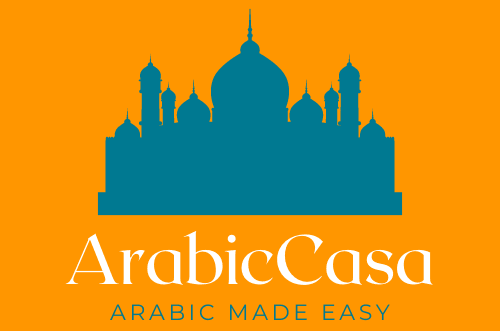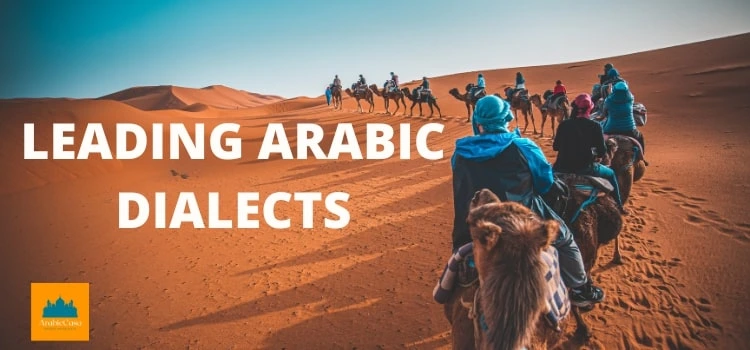3 Leading Arabic Dialects To Learn: Which One to Pick?
With so many different Arabic dialects to choose from, it can be difficult to figure out which one is the best for you to learn. This article will help you make an informed decision about the leading Arabic dialects and which dialect you should learn so that you can get the most out of your learning experience.
Overview of Arabic Dialects
There are a variety of Arabic dialects, each with its own unique features. So, which one is considered among the leading Arabic dialects and which one should you learn? It depends on your goals and interests. Here is a brief overview of some of the most popular Arabic dialects to help you decide:
– Modern Standard Arabic: This is the official form of Arabic used in schools, universities, and government.
– Egyptian Arabic: Egyptian Arabic is the most widely spoken dialect of Arabic. It is used in movies, TV shows, and music throughout the Arab world.
– Levantine Arabic: Levantine Arabic is spoken in Syria, Lebanon, Jordan, and Palestine. It is similar to Egyptian Arabic, but with some unique features.
– Gulf Arabic: This dialect is spoken in the Persian Gulf region like in Saudi Arabia, Oman, Bahrain, Qatar, the United Arab Emirates, etc with reported speakers reaching approximately 35 million.
There are some other Arabic dialects as well other than the leading Arabic dialects stated above.
Which dialect is the most spoken?
There are many different dialects of Arabic, and it can be difficult to decide which one to learn. The most spoken dialect of Arabic is Egyptian Arabic, which is spoken by about 61 million people. Other dialects include Levantine Arabic (spoken in Lebanon, Syria, Palestine, and Jordan), Gulf Arabic (spoken in the Gulf region), and Maghrebi Arabic (spoken in North Africa).
Which dialect is the easiest to learn?
The answer to this question is not as simple as it may seem. While some dialects are more widespread and therefore easier to find resources for, others may be more phonetically regular or have simpler grammar rules. Ultimately, the Arab dialect to learn depends on your specific goals and needs.
That being said, here are a few of the most popular and leading Arabic dialects that students typically learn:
1. Egyptian Arabic: This is the most widely spoken form of Arabic and is a good choice if you want to be able to communicate with as many people as possible. It is also the dialect used in most Arabic-language media, so it can be helpful for understanding what you hear in movies, music, and TV shows.
2. Modern Standard Arabic: This is the Arabic used in news broadcasts, newspapers, and other formal writing. While it is not necessarily the easiest dialect to learn, it is important for those who want to read and write in Arabic or who plan to study Arabic literature or history.
3. Levantine Arabic: This dialect is spoken in countries like Lebanon, Syria, and Palestine. It tends to be more colloquial than other dialects, so it can be a good choice
Which one are the Leading Arabic Dialects?
There are many different dialects of Arabic, and it can be difficult to decide which one to learn. However, some dialects are more widely spoken than others, and some are more commonly used in business or diplomacy. If you’re trying to decide which Arabic dialect to learn, here are a few things to consider.
The most widely spoken form of Arabic is Egyptian Arabic, which is used in Egypt, Sudan, and parts of the Arab world as one of the leading Arabic dialects. Egyptian Arabic is also the most commonly used dialect in media and entertainment. If you’re interested in learning a dialect that will allow you to communicate with the largest number of people, Egyptian Arabic is a good choice.
If you’re interested in learning a dialect for business or diplomacy, then Modern Standard Arabic (MSA) is a good option. MSA is the standard form of Arabic used in schools, universities, and businesses across the Arab world and it is one of the leading Arabic dialects. It’s also the form of Arabic used in most news media. While MSA is not as widely spoken as Egyptian Arabic, it’s still understood by Arabs from all over the region.
Finally, if you’re looking for a challenge, you might want to consider learning one of the less commonly spoken dialects of Arabic.
Conclusion
There are many different Arab dialects to choose from, but we have shared some leading Arabic dialects with you. Now, you can decide which one is the best to learn. It really depends on your goals and purposes for learning Arabic. If you want to be able to communicate with as many Arabs as possible, then learning Modern Standard Arabic (MSA) is your best bet.
However, if you’re interested in a particular region or country, then you should learn the dialect spoken there. Whichever route you decide to take, make sure you put in the time and effort to become proficient in the language — it’ll be well worth it in the end!

